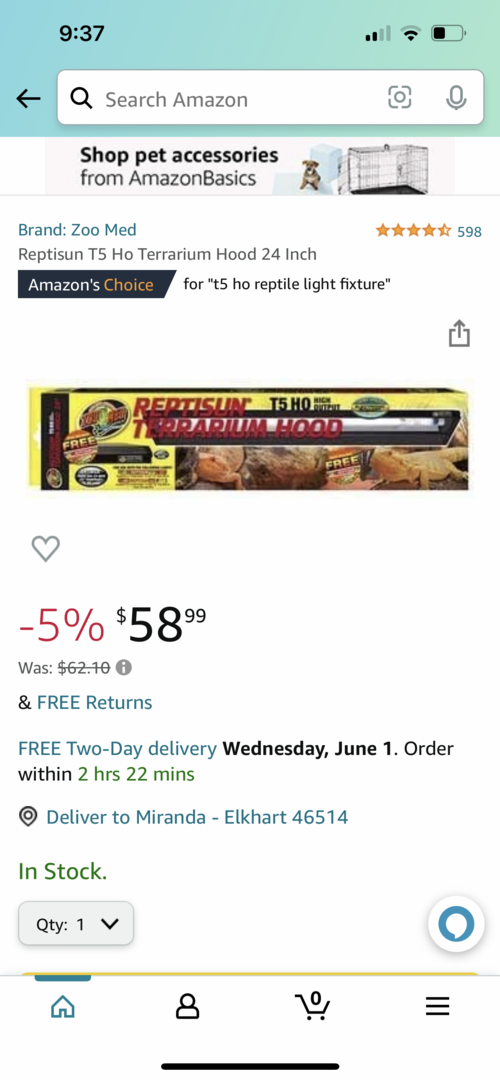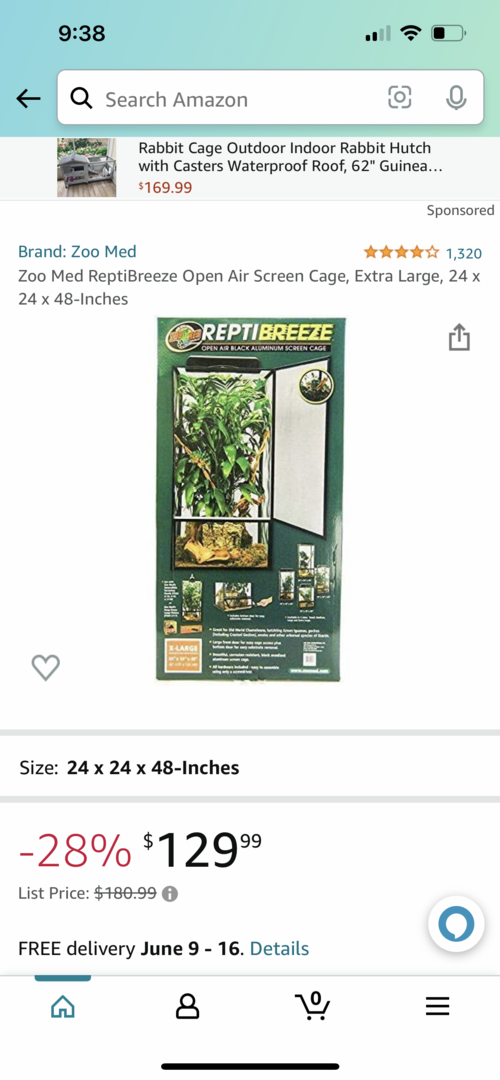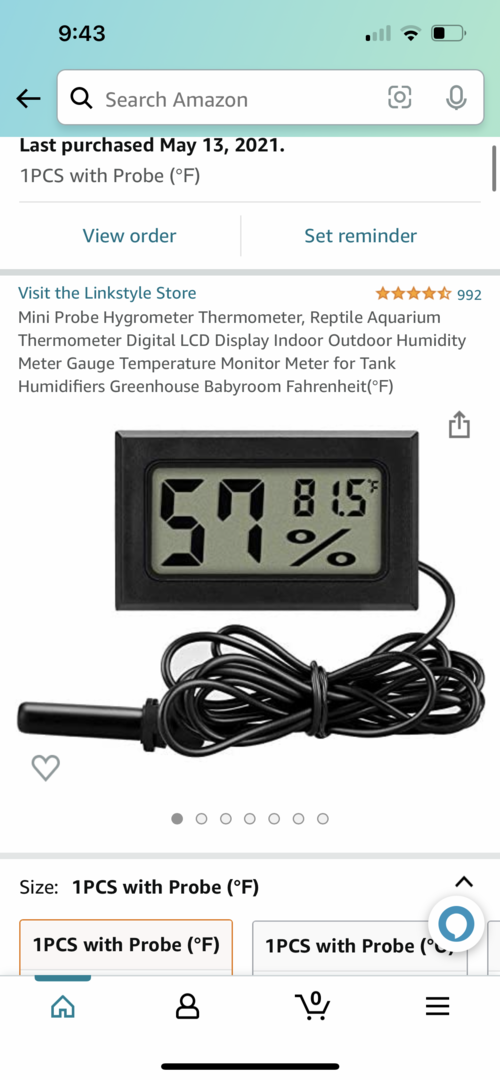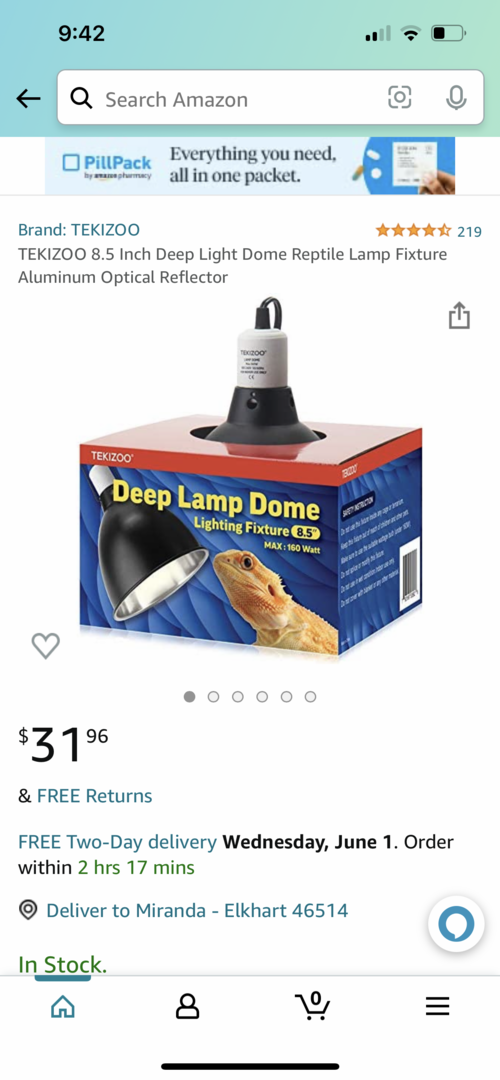Marshadow-X
Member
Hello recently one of my two Veiled Chameleons died, and I feel like I didn't do a great job taking care of him so for my other one I decided I would do some deep research but my results came up inconclusive. So I was wondering if anyone here could help me determine the best substrate and lighting to use since apparently what I am using right now isn't that great.








